In the bustling world of professional kitchens, efficiency and quality present a delicate balance. Among the most sought-after culinary tools are nonstick takoyaki pans, expertly designed for those in pursuit of effortless cooking. These pans not only streamline the preparation process but also promise consistent resultsan essential for kitchen professionals striving for perfection.
The evolution of takoyaki from a beloved Japanese street food to a gourmet treat has been met with enthusiasm from chefs worldwide. With the advent of nonstick technology, crafting these delightful, savory octopus balls has never been easier. In this comprehensive guide, we dive deep into the crux of why these pans have become indispensable in culinary circles.
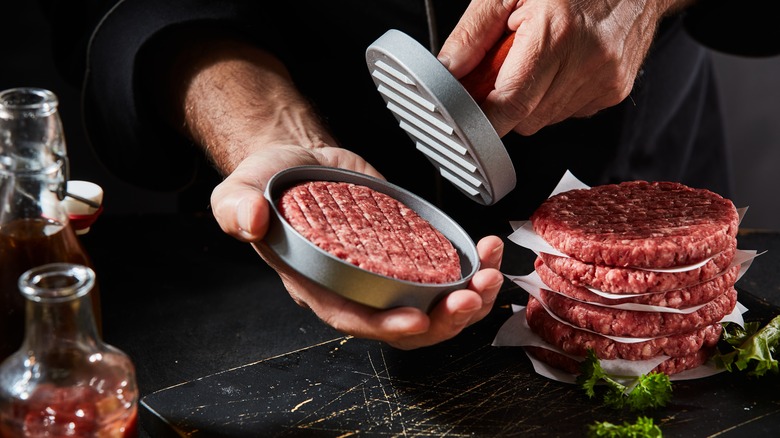
Features That Define the Best Nonstick Takoyaki Pans
When searching for the ideal pan, several features should be considered to achieve that perfect balance of heat distribution and ease of use. The pan's material, heat conduction properties, and ergonomic design are pivotal aspects influencing its performance.
Material Matters
High-quality nonstick pans often incorporate advanced coatings like ceramic or Teflon. These materials excel in both durability and effectiveness, preventing food from adhering to the pan's surface, a feature essential for achieving the perfectly round and golden-brown crust characteristic of well-cooked takoyaki.
The choice of material also affects the pans ability to distribute heat evenly. Evenly heated pans contribute to consistently cooked takoyaki, ensuring each piece is as delicious as the next. Moreover, materials like cast iron and aluminum are prominent for their heat conservation properties, catering to various cooking preferences.
Ergonomic and Aesthetic Design
The design of a takoyaki pan goes beyond aesthetics. Ergonomically designed handles provide added comfort and control, both vital when manipulating the pan to flip the takoyakis. Designs that integrate a sleek appearance with functionality cater notably to professional environments where every detail counts. Embedded thoughtfully in culinary centers are these unique pan designs, facilitating seamless workflow in the midst of culinary hustle.
Why Choose Nonstick?
The allure of nonstick pans is evident in their ability to streamline cooking procedures and minimize cleanup efforts significantly. The nonstick properties ensure that no remnants cling to the surface, thereby fostering surface longevity and reducing maintenance.
Besides ease of cleaning, nonstick pans require less oil, promoting healthier cooking methodsa benefit not lost in commercially focused kitchens. The reduced need for oil aligns well with health-conscious modern diner expectations, making these pans a wise choice.
Adaptability Across Cuisines
While steeped in Japanese tradition, takoyaki pans exhibit versatility, serving multiple roles in the kitchen. Professionals might find it fascinating that these pans can be used for cooking other small, rounded treats or appetizers. Exploring other culinary uses expands a professional kitchens repertoire, engaging clients with ever-evolving menu options. For a deeper dive into pan versatility, check out aebleskiver vs. takoyaki pans.
Various styles of cuisine can benefit from the nuanced usage of nonstick pans. From Danish Aebleskivers to innovative all-American conveniences, these culinary tools redefine operational flexibility.
Maintaining Your Takoyaki Pans
By practicing proper maintenance methods, the lifespan of nonstick pans can be significantly extended. Regular care not only preserves their nonstick properties but ensures the pans maintain their sleek surface for years.
Always allow the pan to cool before cleaning, avoiding any abrasive cleaning materials. A gentle hand with warm, soapy water suffices, protecting the nonstick layer effectively. Emphasizing care in usage and cleaning; these essentials are crucial habitual practices for kitchen staff to integrate into their routines.
Best Practices for Storage
Preserving the integrity of your cooking instruments involves ensuring they are stored in dry and secure places. Strategically positioning pans to avoid scratching or warping further fortifies their longevity, while also maintaining the hygiene standards expected of professional setups.
Conclusion
Integrating top nonstick takoyaki pans into a professional kitchen setting paves the way for innovative yet consistent culinary creations. For those eager to keep expanding their cooking abilities with masterful ease, these pans prove themselves repeatedly. For practical tips on enhancing your cooking ventures, delve into authentic takoyaki batter recipes.
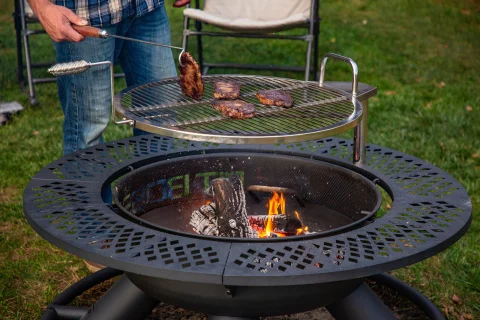
Frequently Asked Questions
Are nonstick takoyaki pans dishwasher safe?
While many nonstick pans are deemed dishwasher safe, it is generally advised to hand-wash them to preserve the nonstick coating and ensure long-term durability.
Can these pans be used for non-takoyaki dishes?
Yes, beyond takoyaki, these pans can be creatively used for other delicacies such as Danish pastries or mini muffin variants. Discover more unique uses at takoyaki versus aebleskiver adaptations.
How can I prevent my food from sticking?
Proper heating and minimal usage of oils naturally prevent sticking. Ensure consistent heat distribution across the pans surface, catering ideally to pan dynamics.
This article contains affiliate links. We may earn a commission at no extra cost to you.

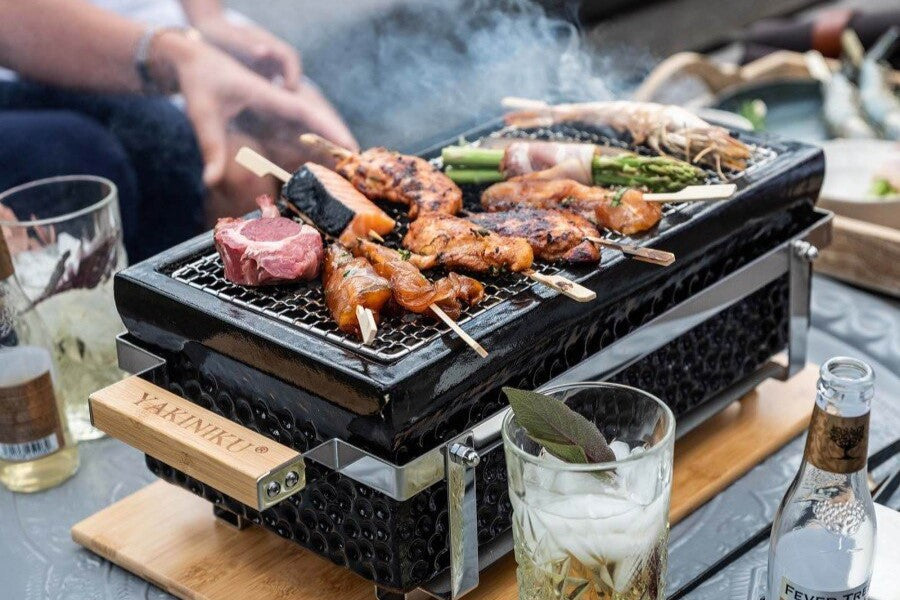


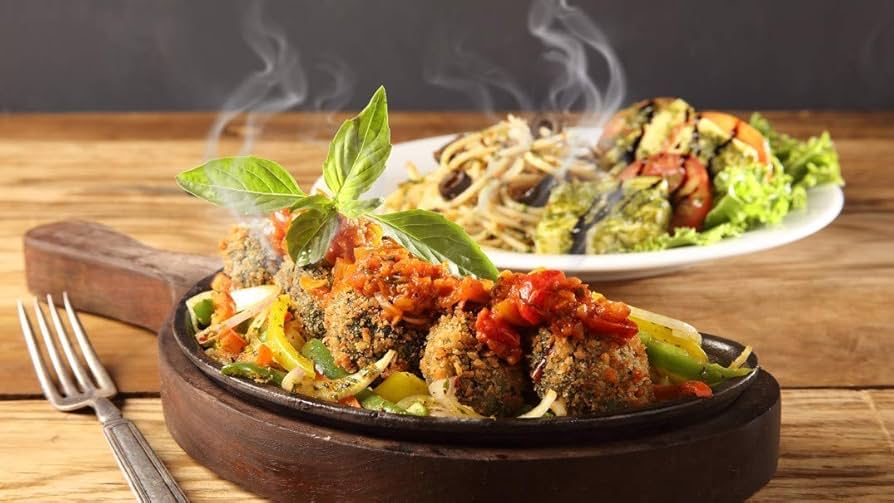
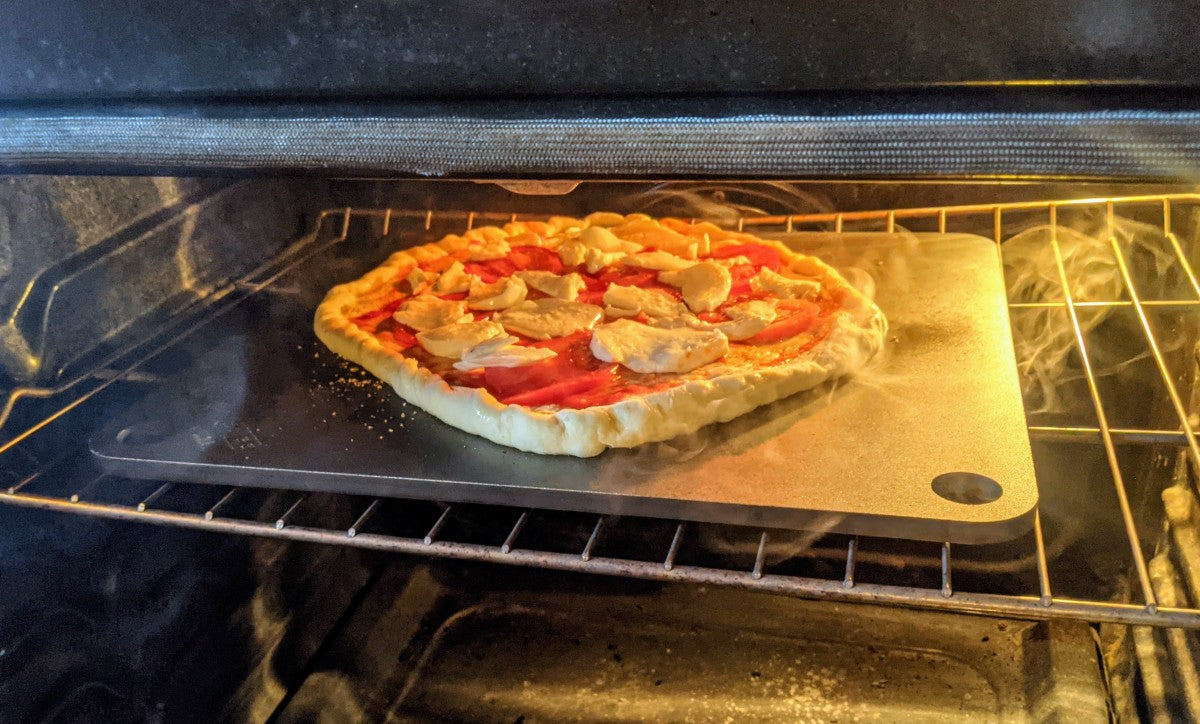
Leave a comment
This site is protected by hCaptcha and the hCaptcha Privacy Policy and Terms of Service apply.